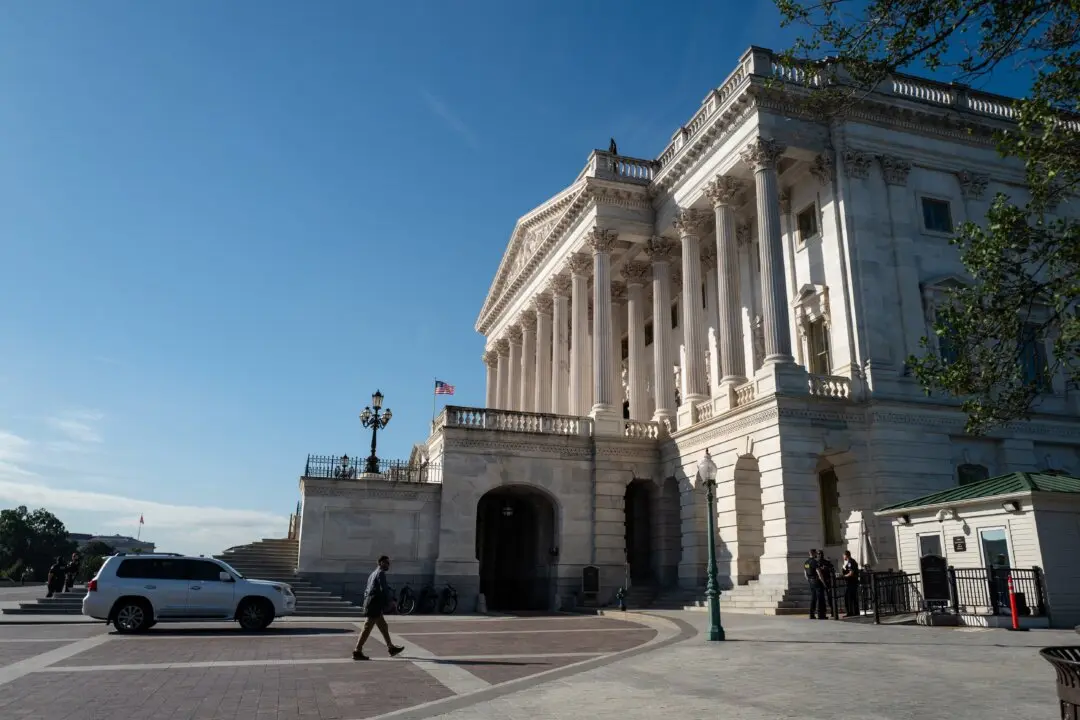The Department of Energy (DoE) has released more details in formal requests for information (RFI) about two major hydrogen energy initiatives funded through last year’s infrastructure bill.
The first release concerns an $8 billion program to finance at least four regional hydrogen energy hubs across the United States, while the second release concerns both a $1 billion program for hydrogen hydrolysis as well as a $500 million research and development program for hydrogen manufacturing and recycling technology.





